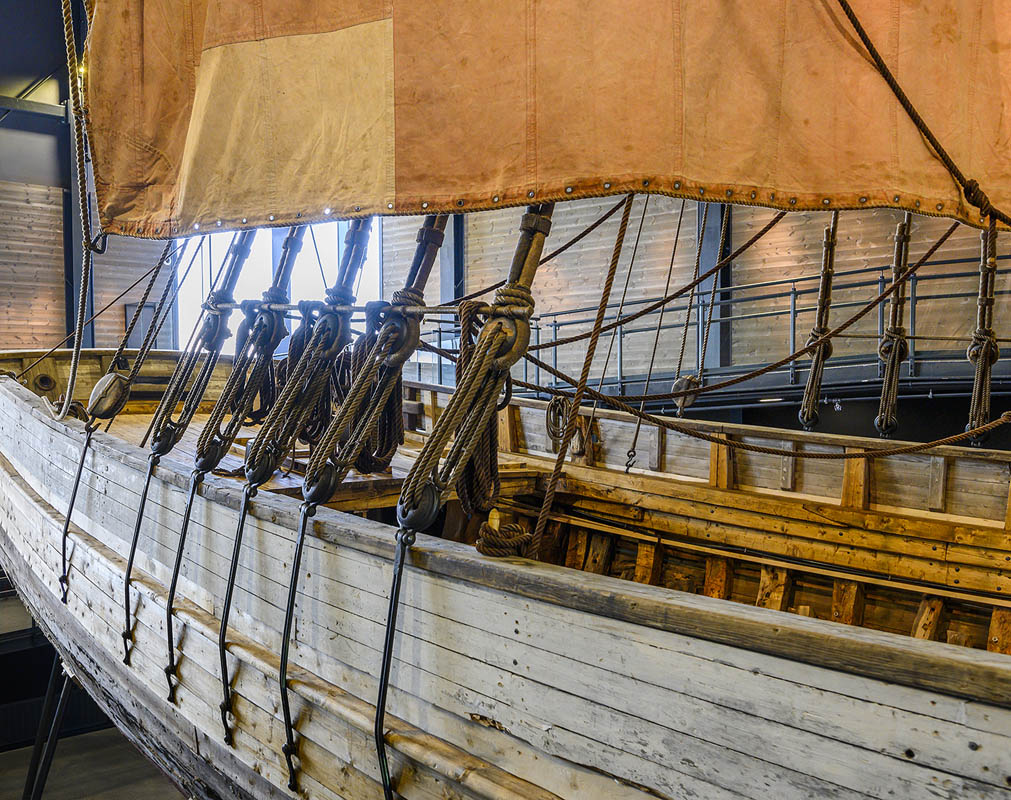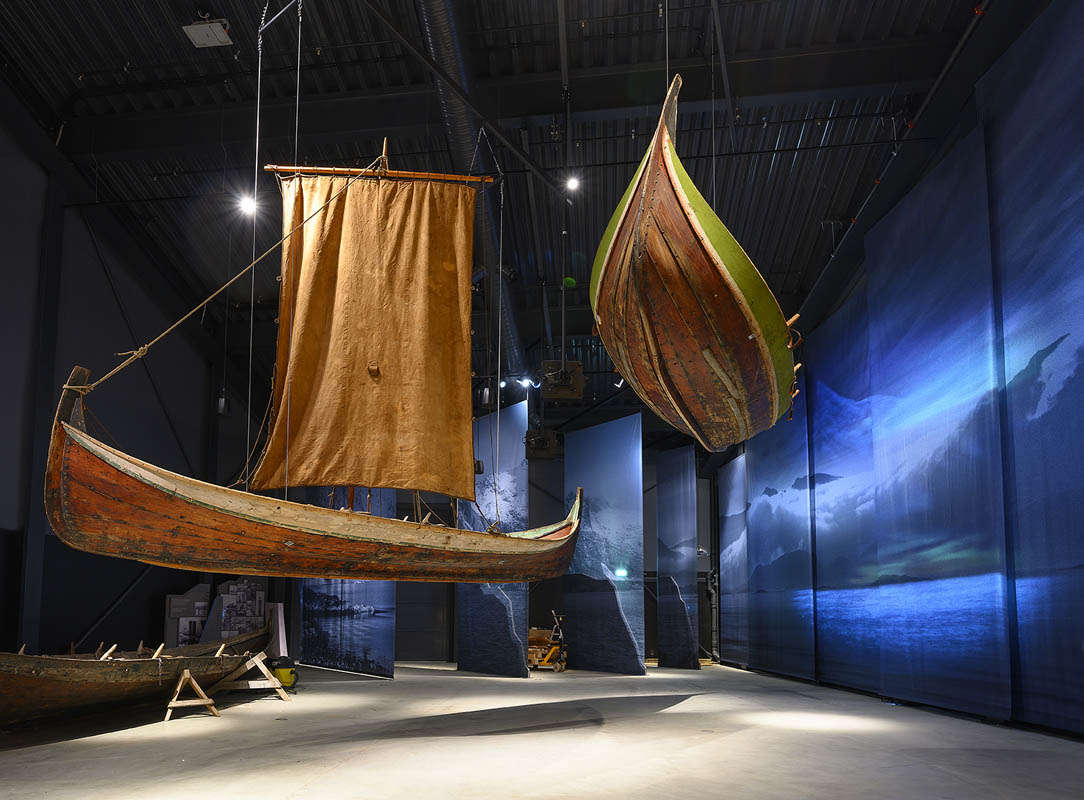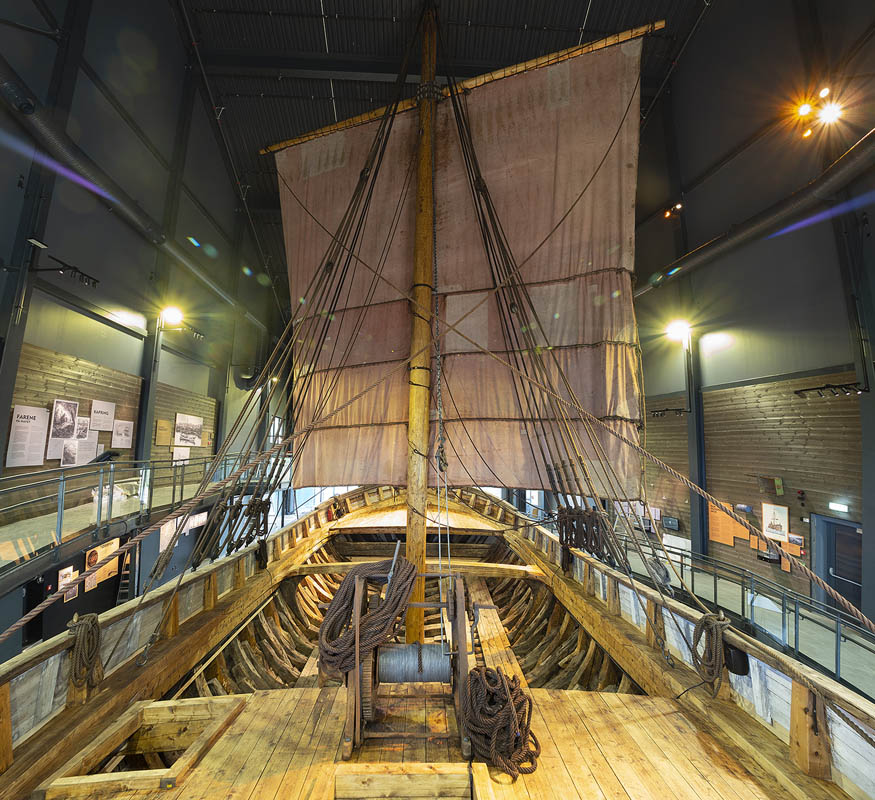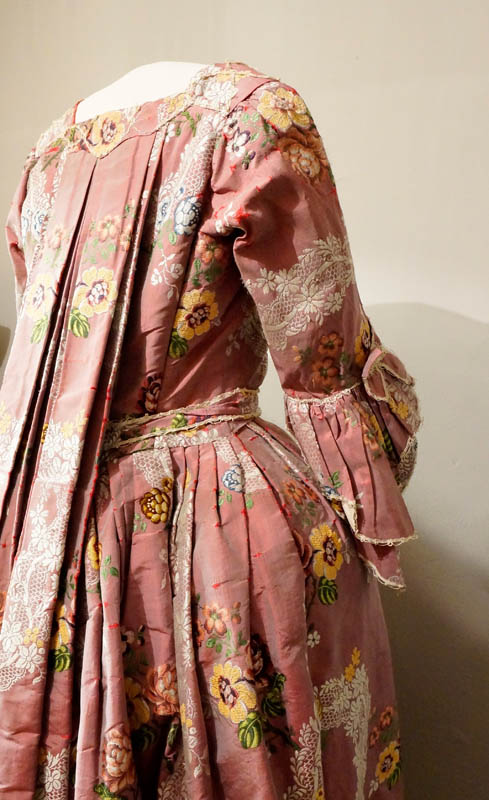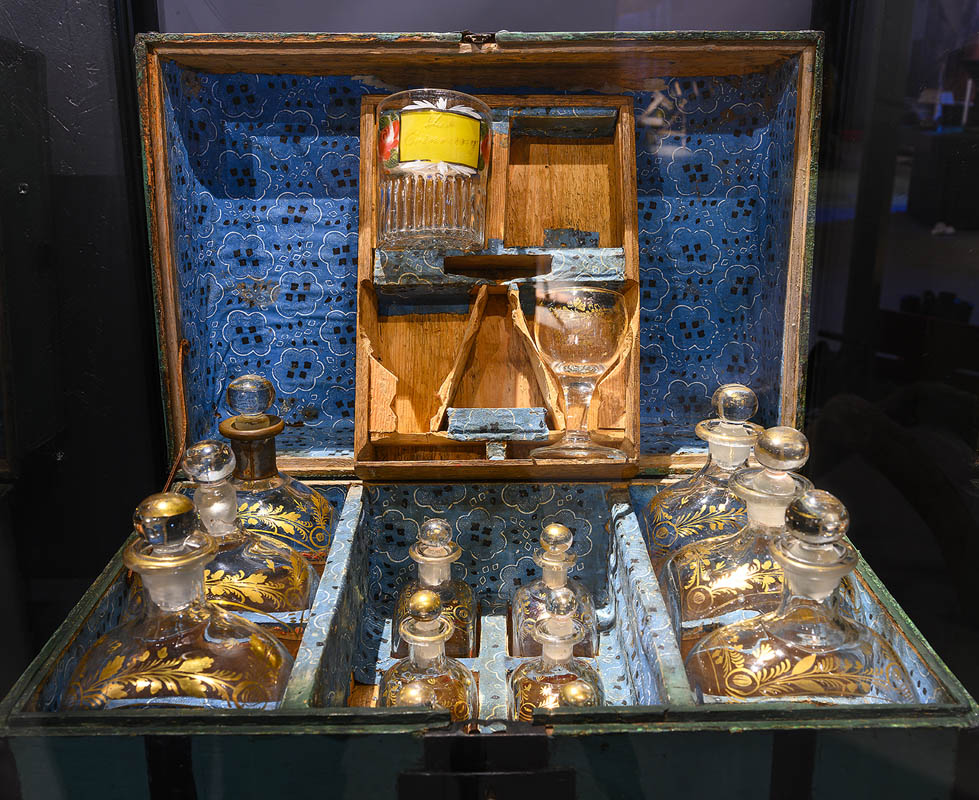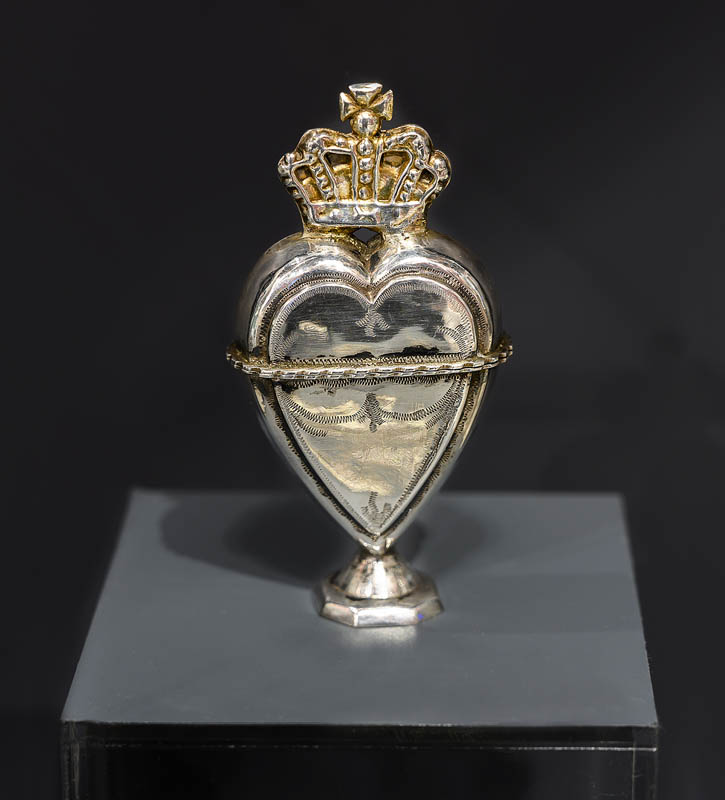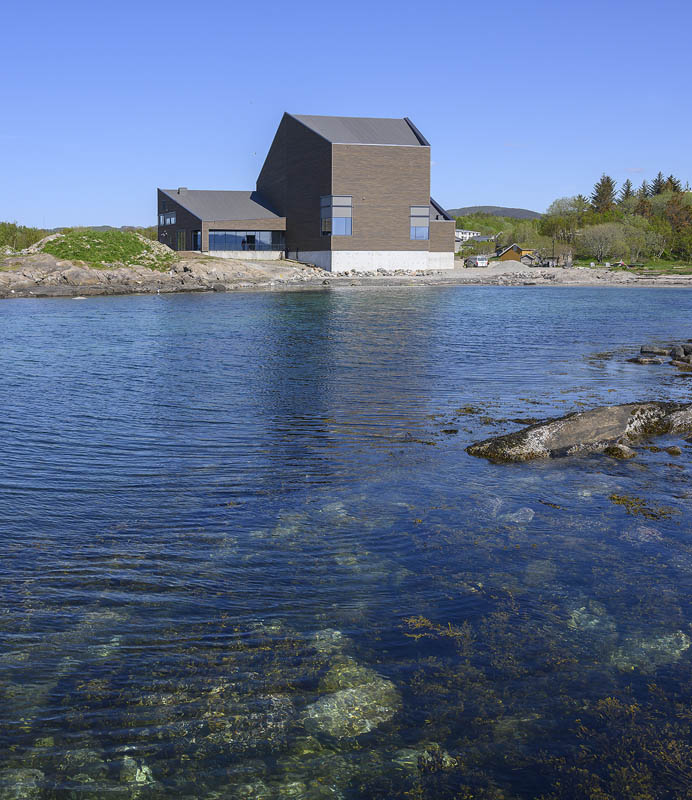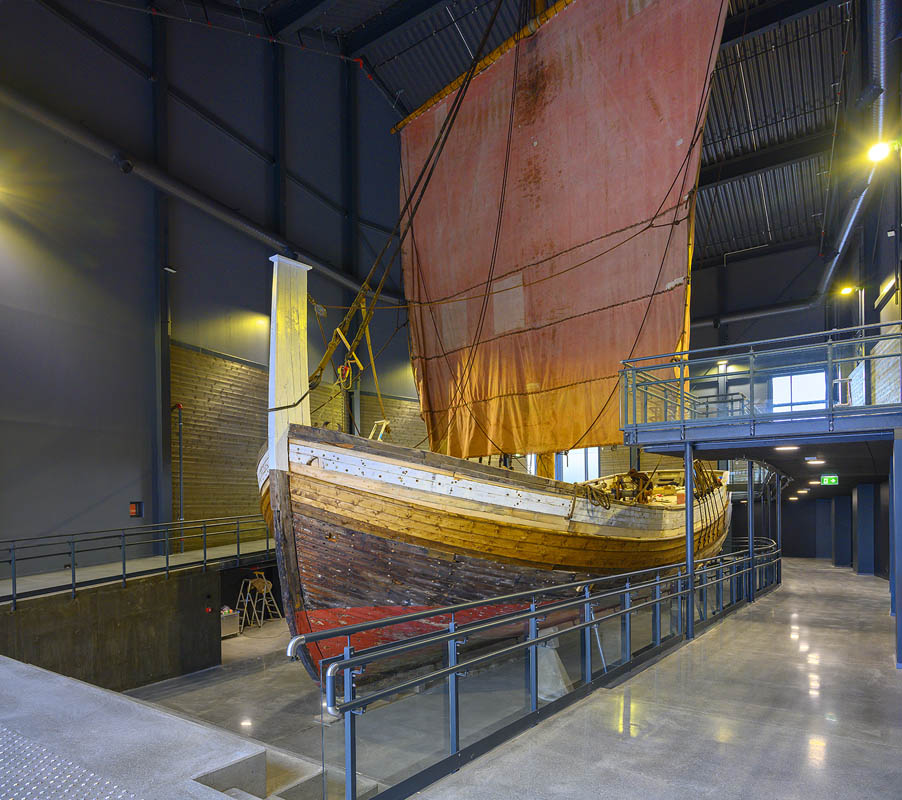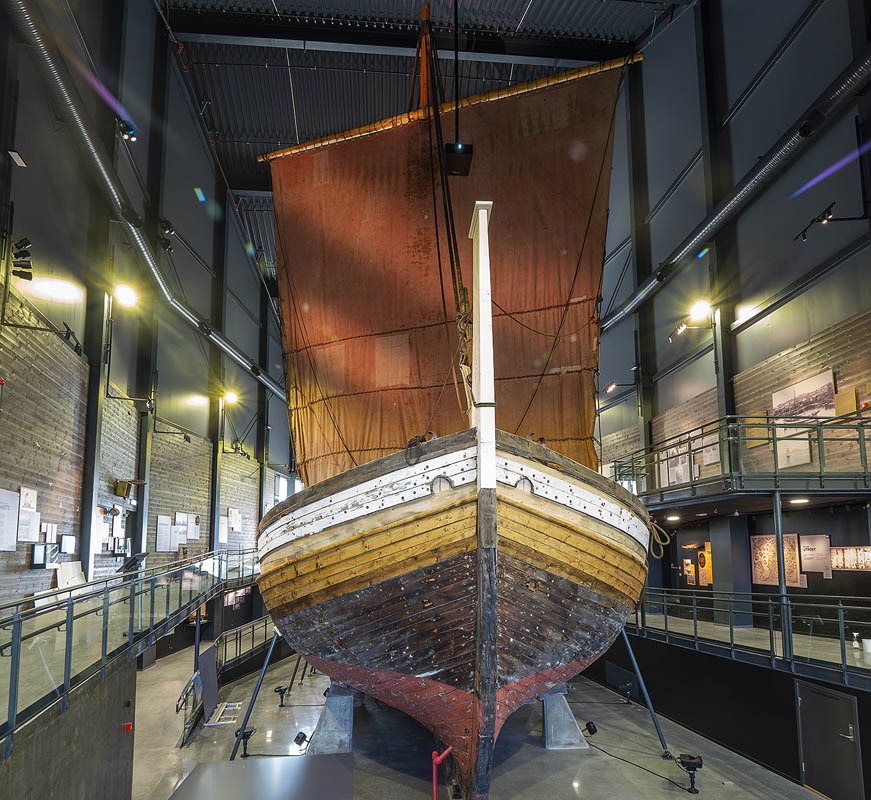In the past, jekts (cargo sailboats) loaded with stockfish, were more valuable to Norway than oil is today. The Norwegian Jekt Trade Museum in Bodø presents the last of the Nordland jekts, the Anna Karoline, and tells the story of the stockfish export trade.
200–300 years ago, more than 200 jekts delivered stockfish to Bergen over the summer season. Some even made several trips. This was a real lifesaver for the country’s economy. It is believed that more than 3000 jekts were built, but only one remains here in Northern Norway. The Jekt Trade Museum has put it on display and uses it in its presentation of the great story of Northern Norway.
Frequently asked questions
The Jekt Trade Museum is located Kvernhusveien 26 just south of Bodø centre. Walking takes around 25 minutes from the centre or you can also take bus line number 2 to the stop Bodø Sjøen.
Closed from December 30th 2019 until January 24th 2020.
January 25th – may 31th 2020
monday closed
tuesday – friday 12non – 4pm
saturday – sunday 11am – 5pm
Summer season:
June 1th – August 31th 2020.
Every day 11am – 5pm
September 1th – december 22nd 2020
monday closed
tuesday – friday 12non – 4pm
saturday – sunday 11am – 5pm
The museum is closed on all national holidays.
Anna Karoline is the last jekt in Nordland
When Anna Karoline was being built in Mosvik in Trøndelag in 1876, shipbuilder Guneris Brataker was informed of its intended freight capacity. Based on this, he calculated the ship’s length, width and depth, and built a mast that could withstand heavy autumn storms. Through the years, Anna Karoline has carried stockfish, saltfish, lumber, cod roe, fish guano and cod liver oil, and she even did service as a mobile shop during the Lofoten seasonal fishery. The Anna Karoline was an experienced lady by the time she was put ashore at Bodøsjøen in 1959. She is still here, as the last remaining jekt in Nordland. Two other ships of this type still exist in Trøndelag and in Western Norway.
The jekts were the lifeline of the Norwegian economy.
In the Middle Ages, stockfish from Northern Norway was Norway’s primary export. The trade routes from northern fishing villages to Bergen and from there to the rest of Europe, were the arteries of our country’s economy. Before the reformation, people in Northern European cities were under religious obligations to eat fish on Fridays and during Lent. Liver oil from cod and Greenland shark was in demand, both for use as lamp oil and as preservatives for leather. From the 1700s onward, when salt became more affordable, we also exported salted herring in barrels and saltfish. In general, raw materials and commodities from Northern Norway were essential for the country’s economy, similar to what they are today.
Utilitarian and luxury goods found their way north
In return, northerners got grain from the region by the Baltic Sea, as well as ironwares, in the form of nails, pots and pans. In the Middle Ages, luxury goods, like wine—later also spirits—and English cloth were in high demand, as well as altarpiece triptychs and Madonna figurines for the church back home. New discoveries in the 1500s made the world smaller, and eventually, sugar, spices, coffee, tea, cotton and silk made their way to Bryggen in Bergen. Sugar in one’s coffee would have been the ultimate luxury in the 1600s, but became commonplace in the 1800s. Everything was brought north on the jekts.
A bridge to the world in Bergen
A jekt could make the journey to Bergen up to three times in a single summer. Here, the crew on board would encounter a more refined urban culture, with impulses from the large merchant cities in Northern Europe. By taking up the habit of drinking coffee, from proper cups set on a table with a table cloth, social gatherings up north soon took on a different nature than when they were drinking spirits in the baiting shed. Life grew new dimensions with the new goods that became available, and intellectual impulses beyond what the pastor could provide was something new entirely. The coastal populations of Northern Norway were likely more internationally oriented than homebodies from inland regions, who were not as involved in international trade. This was evident from their clothing as well; northern ladies were more up to date on fashion than ladies in Eastern Norway.
Journey to Bergen fraught with danger
With a light load, the journey from Salten and Helgeland to Bergen took three to six days, and up to a fortnight was considered quick and easy. However, it was not unusual to spend a month or two en route, and the ship was too late in leaving Bergen in the autumn, crews would sometimes have to spend the winter in a calm fjord somewhere along the way. Sailing south, the ship would be heavily loaded with stockfish. The fish was often stacked in layers up a long the mast, even. The jekts were not build to be agile sailers; they were built to carry as much freight as possible. This made life on board a cold, wet and often nauseating experience. During the many Dano-Swedish wars in the 1600s and the Napoleonic wars in the early 1800s, jekts would also sometimes be captured and plundered.
Jekt trade dwindling in the 1800s
Bergen and other southern cities used to have a monopoly on Northern Norway’s fish trade. In 1789, however, Hammerfest and Vardø achieved city status, with Tromsø and Bodø following in 1794 and 1816, respectively. Merchants in these trading cities could transport goods on bigger ships with faster and more efficient sailing techniques. This meant the jekts were being slowly outstripped. When steamers and later the Coastal Express emerged on the scene, the last of the jekt trade died off in the late 1800s.
The Jekt Trade Museum in Bodø opened in June 2019
The Anna Karoline is the star of the exhibition at the Jekt Trade Museum. To preserve this mature lady in the best way possible, she has not been put in a glass house on display. Instead, she is housed in a more closed environment. The museum tries to present the broader economic context of the jekt trade, however. The hustle and bustle of Bryggen in Bergen is recreated with props, images and audio recordings, and other treasures, such as a wedding dress from Lurøy, made from imported silk, is also on display. Together, these things paint a picture of central parts of Northern Norway’s economic history, as well as that of the country as a whole. That’s why the Jekt Trade Museum is both important and fun to visit.
